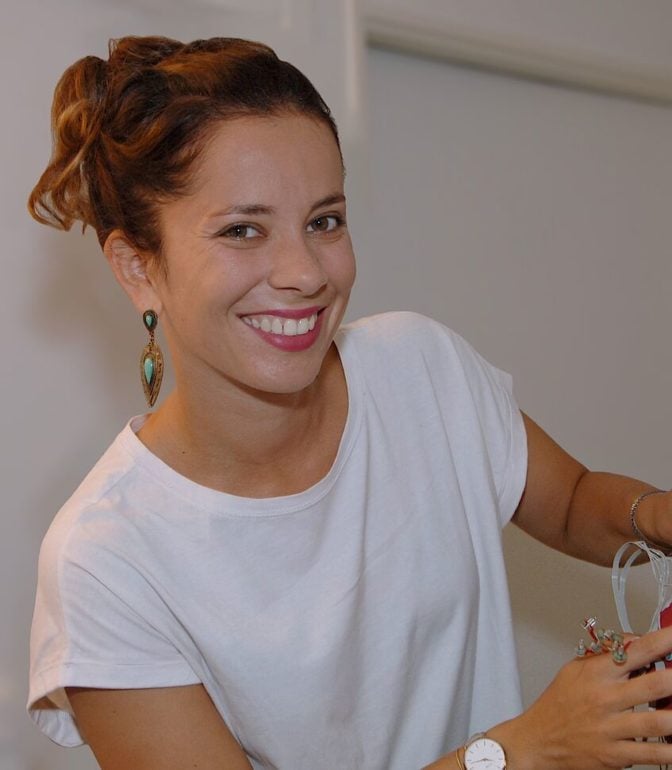Lieu : BBS
Et en visio : https://u-bordeaux-fr.zoom.us/j/7838516638?omn=87398689414
 Camille Jeunet
Camille Jeunet
INCIA
Equipe Mococo
Title
EEG-based neurofeedback training procedures to improve or restore motor abilities: A user-centred approach
Abstract
Over the past decades, brain-computer interfaces (BCIs) and neurofeedback (NF) technologies have held the promise of radically transforming the way we assess, restore, and enhance human function. Initially conceived as tools to facilitate communication for locked-in patients or to control devices through mere brain activity, they are now increasingly investigated as cognitive training tools in clinical and high-performance domains. Yet despite this wealth of research and promise, their real-world implementation remains limited, and their societal impact marginal. This discrepancy calls for approaches that consider both usability, acceptability, and efficiency, especially in domains where user engagement is paramount. My research addresses this challenge by aiming to foster the realworld adoption and impact of NF procedures targeting motor function. I have developed a user-centred, theory-informed approach, grounded at the intersection of cognitive neuroscience, neuroengineering, ergonomics, and clinical sciences. Three main axes structure my research. The first investigates NF as a tool to explore neural and cognitive mechanisms, particularly in Parkinson’s disease (PD), where β-band activity is pathologically elevated. Through several studies, we demonstrated that cortical β oscillations are better understood as markers of contextual adaptability rather than pure movement vigour. We further showed that closed-loop NF enhances patients’ ability to modulate β activity, with performance influenced by the transparency of the feedback and the sense of agency it evokes. In low-agency contexts, increased fronto-central θ activity emerged, indicating compensatory cognitive control. These findings help refine both theoretical understanding and protocol design for motor symptom alleviation in PD. The second axis focuses on NF in post-stroke rehabilitation for which clinical implementation remains marginal despite accumulative evidence of efficacy. Here, we chose to prioritise user acceptability, hypothesising that improving perceived relevance and usability will enhance both engagement and motor outcomes. Our work identified a lack of theoretical models and validated tools to measure NF acceptability. We addressed this gap by developing and validating a theoretical model and a dedicated questionnaire, made freely available online. Results showed that while perceived scientific relevance and ease of use are key for the general population, individual traits —such as anxiety, self-efficacy, and autonomy— strongly influence stroke survivors. This led to the development of a personalisation methodology, implemented in a plug-and-play NF platform currently tested in a multicentre clinical trial. Additional work includes a digital exhibition to counter widespread misconceptions and a new line of investigation focused on healthcare professionals, whose engagement is critical for clinical integration. The third axis explores NF as a performance optimisation tool in sport. Although mental preparation is central in elite contexts, it is often under-instrumented and dependent on subjective evaluation. A systematic review revealed limited NF integration in athletic routines, partly due to misaligned training goals, neural targets, and feedback strategies. We proposed methodological recommendations to address these gaps. Moreover, sport introduces a unique challenge: the role of expertise. We found that sensorimotor rhythm modulation differs by expertise level, with stronger ERD in intermediate-level athletes, suggesting a potential inverted U-shaped trajectory leading to neural efficiency in experts. A second study showed that novices benefit from sustained explanatory feedback, while experts rely more on precise evaluative cues. These insights support more tailored NF strategies in high-performance contexts. Taken together, these projects reflect a strong translational commitment. They have yielded academic publications, public engagement activities, freely accessible tools, clinical software, a patent, and the creation of a start-up. However, they also underscore a structural limitation of the field: despite over 50 years of research, BCI/NF technologies have yet to achieve widespread clinical or societal impact. To investigate why, we initiated an analysis of the global research and innovation landscape, aiming to assess whether current efforts are aligned with field-wide ambitions—and whether a strategic shift is needed. Looking forward, my short-term goal is to complete ongoing work across the BETAPARK, ABCIS, and neurathletics projects. Long-term, I aim to help define the conditions under which NF/BCI technologies can become scalable, effective, and ethically sound interventions. This requires not only reliable tools and personalised strategies but a broader shift toward Responsible, Collaborative, Open, and Participatory (R-COP) science. I view this dual strategy —academic transformation and real-world experimentation— as the key to unlocking NF’s true societal potential.

